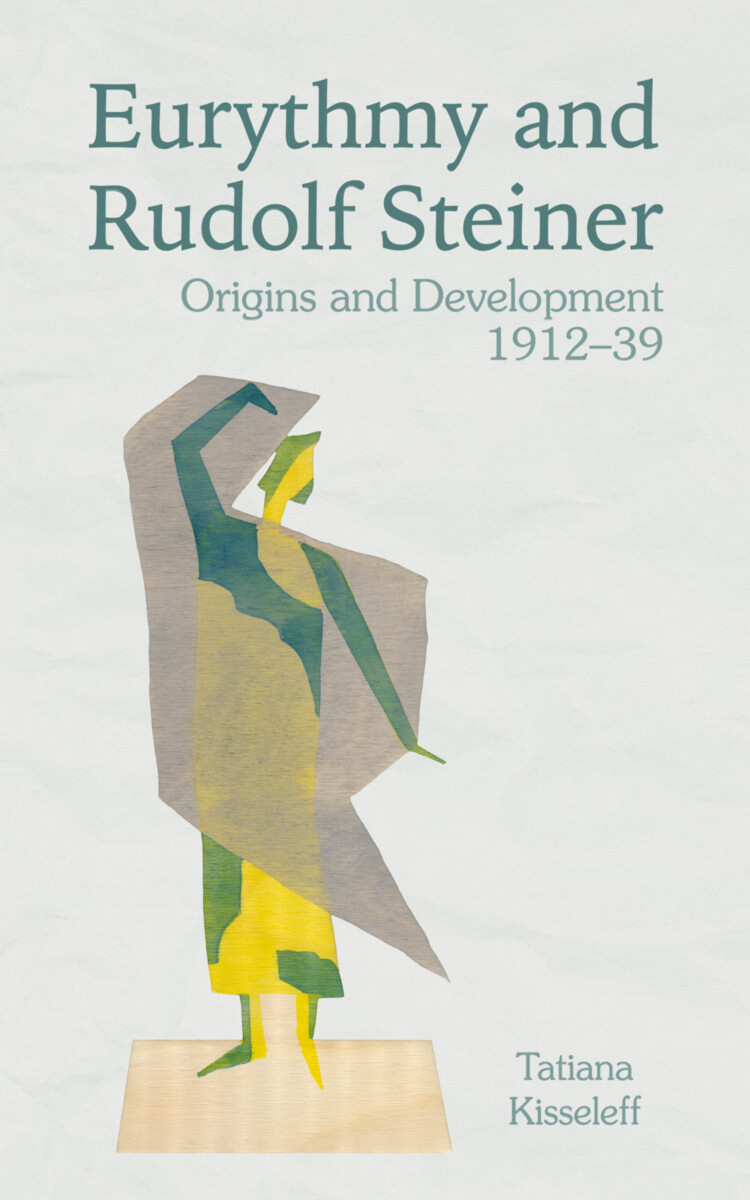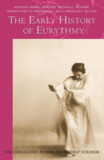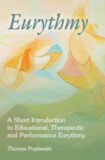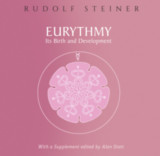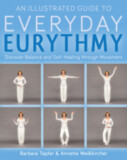Eurythmy and Rudolf Steiner
Origins and Development 1912–39
- Publisher
Floris Books - Published
19th October 2021 - ISBN 9781782507383
- Language English
- Pages 212 pp.
- Size 5.5" x 8.5"
In the autumn 1912, Rudolf Steiner presented the first eurythmy performance. It marked the revival—in modern form—of the sacred art of dance, which had been used in the ancient mysteries to express the movements of stars and planets. In the years that followed, Steiner and his wife Marie von Sivers further developed eurythmy, broadening it beyond artistic movement to encompass healing and educational elements.
One pioneer of this new form of movement was the Russian anthroposophist Tatiana Kisseleff, who became a student of Steiner and later a celebrated eurythmy teacher.
In this remarkable book (available for the first time in English), Kisseleff describes the spiritual foundation of eurythmy as explored in Rudolf Steiner's lectures and recounts the instruction she received from him.
This book represents both an eyewitness account of the beginnings of eurythmy and the record of a deeply personal journey of Tatiana Kisseleff’s efforts to master it. It is illustrated throughout with photographs, drawings, facsimile reproductions from notebooks, and posters announcing early eurythmy performances, as well as accounts of performances of various pieces performed, including Goethe's Faust and Rudolf Steiner's own mystery dramas.
This fascinating account is for eurythmists and anyone who wants to delve into and more deeply understand the history and development of eurythmy.
“I have thoroughly enjoyed reading this book and am grateful that it is finally available in the English language, thanks to the initiative of the excellent translator Dorothea Miers. It offers deep insights into both Eurythmy and Rudolf Steiner, and yet remains an accessible and interesting read.... For those who are keen to gain glimpses into the extraordinary spiritual possibilities of the art of Eurythmy, this book is a must.”
—Gregers Brinch, Peredur Eurythmy, Forest Row“Tatiana Kisseleff’s account of her experiences as one of the first eurythmists is invaluable for anyone practising or teaching eurythmy today. I would highly recommend it to anyone working as a eurythmist or wishing to deepen their insights into the beginnings of both eurythmy and anthroposophy.”
—Saraphir Legind, eurythmist and movement teacher, UK“[An] important account by a leading eurythmist...priceless.”
—Maren and Alan Stott, West Midlands Eurythmy Association
C O N T E N T S:
Introduction by Conrad Schachenmann
Author’s Preface
1912–13: Foundation and Beginnings
1913–15: Building Up
1915–18: Expansion and Deepening
1918–19: Stepping Out in Public
1919: On Tour
1919–24: Rudolf Steiner’s Death—A Turning Point in My Life
1927–39: Paris—Studio rue Huyghens and the École Rudolf Steiner
The Future of Eurythmy
Endnotes
Selected Bibliography
Index
Tatiana Kisseleff
Tatiana Kisseleff (1881–1970) was born in Warsaw, Poland, to Russian parents. She studied law in France and later moved to Moscow, where she met and married the painter Nikolai Kisseleff. The couple became interested in Theosophy, and in 1911 Tatiana met Rudolf Steiner and Marie von Sivers in Hanover, Germany. Although Tatiana's interests lay in social work, Steiner directed her toward the art of eurythmy and took her on as a personal student. She studied eurythmy in Berlin before being invited to Dornach in 1914 to teach eurythmy. She devoted the rest of her life to practicing and teaching eurythmy.


